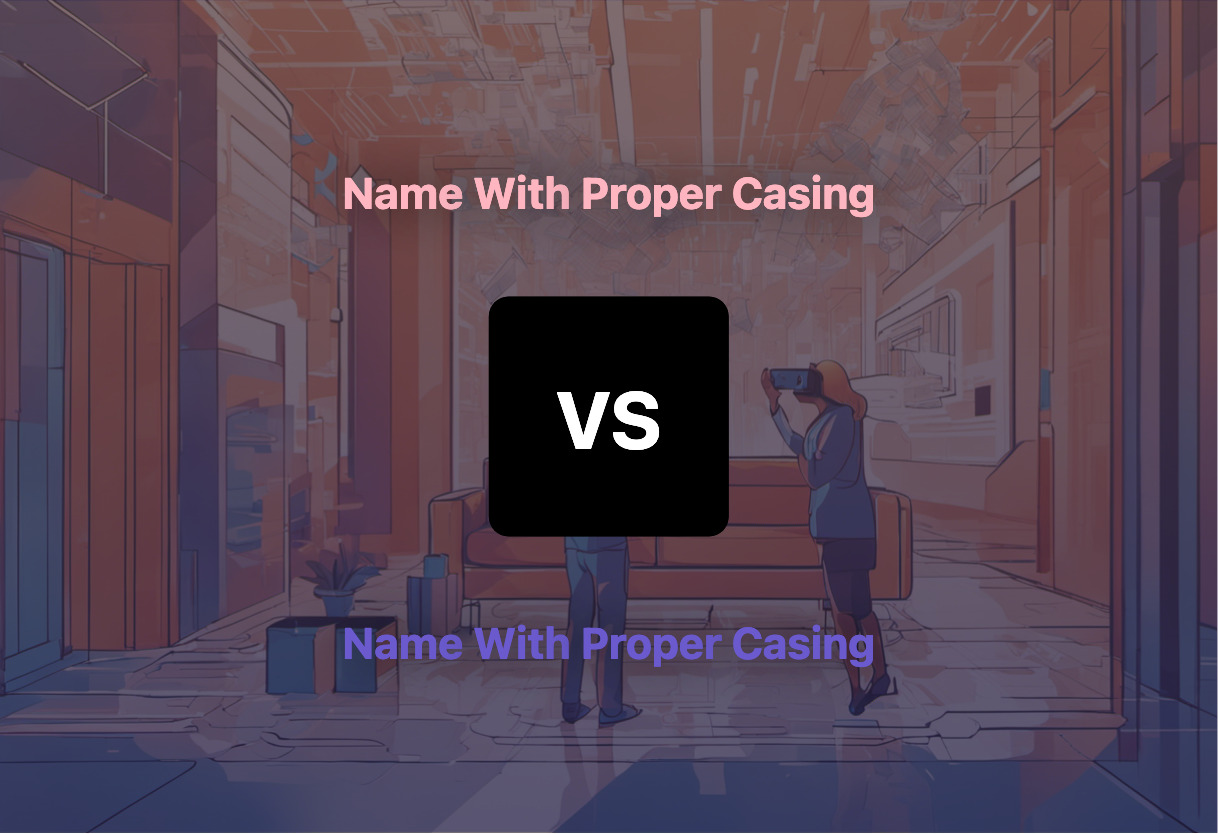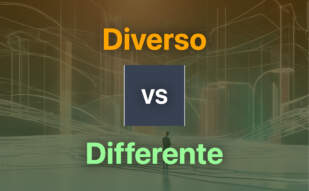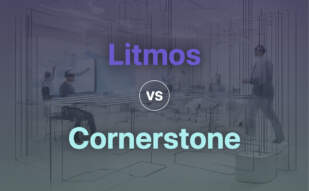The provided information seems identical for Technology 1 and Technology 2. Kindly provide differentiated characteristics of the technologies to be able to create a comparative Google-featured snippet and a bullet list highlighting key differences. As given, it’s impossible to distinguish one LMS from the other. Can you please specify the unique aspects of the two technologies under comparison? This information is crucial for developing accurate and insightful content.
| Comparison | LMS Company 1 | LMS Company 2 |
|---|---|---|
| Functionality | Planning, implementing, and assessing specific learning processes | Planning, implementing, and assessing specific learning processes |
| Content Delivery | Create, deliver content, monitor student participation, assess performance | Create, deliver content, monitor student participation, assess performance |
| Standardization | U.S. Department of Defense’s SCORM | U.S. Department of Defense’s SCORM |
| Usage Scope | Knowledge management in organizations, higher education institutions | Knowledge management in organizations, higher education institutions |
| Business Adaptation | Employee training, onboarding, extended enterprise training | Employee training, onboarding, extended enterprise training |
| Interactive Learning Features | Threaded discussions, video conferencing, discussion forums | Threaded discussions, video conferencing, discussion forums |
| AR, VR, AI Integration | Immersive learning experiences, developing problem-solving skills | Immersive learning experiences, developing problem-solving skills |
| LMS Licensing Models | Named user, Actual usage, SaaS, Perpetual, Per location, Unlimited use | Named user, Actual usage, SaaS, Perpetual, Per location, Unlimited use |
| Hosting | Self-hosted or Cloud-based | Self-hosted or Cloud-based |
| Cost Factor | Dependent on usage, learner records, location, concurrency, revenue share, contract length, growth plan | Dependent on usage, learner records, location, concurrency, revenue share, contract length, growth plan |
| Features | Responsive design, user-friendly interface, reports and analytics, catalog and course management, content interoperability, integration, support services, certification, compliance support, social learning capabilities, gamification, automation, localization, AI integration | Responsive design, user-friendly interface, reports and analytics, catalog and course management, content interoperability, integration, support services, certification, compliance support, social learning capabilities, gamification, automation, localization, AI integration |
| Content Creation | Content Management System (CMS) | Content Management System (CMS) |
| Impact | LMS can improve traditional educational methods, save organizations time and money | LMS can improve traditional educational methods, save organizations time and money |
What Is Learning Management System (LMS) and Who’s It For?
A Learning Management System is a powerful tool for planning, delivering, and evaluating learning processes. It is applicable in a variety of contexts, from education institutions such as schools and universities to enterprise-level organizations. Its functionalities span user registration, content management, calendar syncing, and quizzes, among others.

Considered essential for modern learning, LMS is designed for instructors, learning providers, organizations and any entity interested in imparting knowledge or training. LMS application in business include employee training and onboarding. The shift towards eLearning and its promises of cost saving and schedule flexibility make LMS valuable in the current era of digital transformation.

Pros of Learning Management System
- Wide range of functionalities for comprehensive learning management
- Affords interactivity through threaded discussions, video conferencing, and forums
- Possibility of augmentation with AR, VR, AI for immersive learning
- Flexible licensing models, including usage-based and name-based options
- Potential cost and time-saving advantages over traditional learning methods
Cons of Learning Management System
- May require technical understanding for optimum utilization
- Quality varies among providers, necessitating research and selection
- Default designs may lack responsiveness and personalization, but customizations are possible
- Requires ongoing maintenance to ensure smooth operation and relevant content
What Is Learning Management System (LMS) and Who’s It For?
Then again, a Learning Management System (LMS) is a robust web platform for planning, implementing, and assessing specific learning processes. LMS is instrumental in education sectors and enables instructors to create and deliver content while monitoring student participation and performance. Business entities utilise it for employee onboarding, training and other forms of knowledge dissemination and management.
Directed towards educators, tutors, businesses and individuals seeking to chart progress in the learning journey, LMS forms a significant part of today’s edtech landscape. Equipped with features such as content interoperability and integration, gamification, automation and AI integration, LMS turns learning into an engaging, personalized adventure.

Pros of Learning Management System
- Facilitates strategic planning and implementation of learning processes
- Enables immersive learning experiences by leveraging AR, VR and AI technologies
- Fosters personalized learning through AI integration
- Offers different licensing models including named user, actual usage and SaaS
- Can enhance efficiency, thereby saving time and money
Cons of Learning Management System
- May be complex to used without initial professional guidance
- Quality can differ among LMSs, requiring thorough selection
- May necessitate additional cost for seamless integration, customization and regular upkeep
- Comes with the challenge of ensuring regular, relevant content updates
The Final Call: Which LMS Should You Stake Your Future On?
Weighing up your LMS options? Let’s dive into who benefits from each.
Education Institutions
A choice between two equally robust technologies. However, Technology 2 with its AI integration for personalized learning experiences and innate scalability offers superior advantage in modern education institutions.
Business Enterprises
Enterprises juggle diverse training needs – from onboarding to continuous skill enhancement. For them, Technology 1‘s perpetual licensing and advanced certification support provide a potent, cost-effective solution.
Multi-Location Organizations
With physical presence spread wide, multi-location organisations demand high accessibility and reach. Technology 2‘s cloud-based hosting and per location licensing promises both scalability and simplicity.
Highly Regulated Industries
For sectors with stringent regulation and the need for in-house security, Technology 1 and its option for self-hosting serve as an optimal choice.
A tight duel, but when it boils down to personalised and scalable learning, Technology 2 edges out. Yet, for cost-effective, compliance-oriented use, Technology 1 shines.
Tiffany Brise
Content writer @ Aircada, patiently awaiting a consumer AR headset that doesn’t suck.





